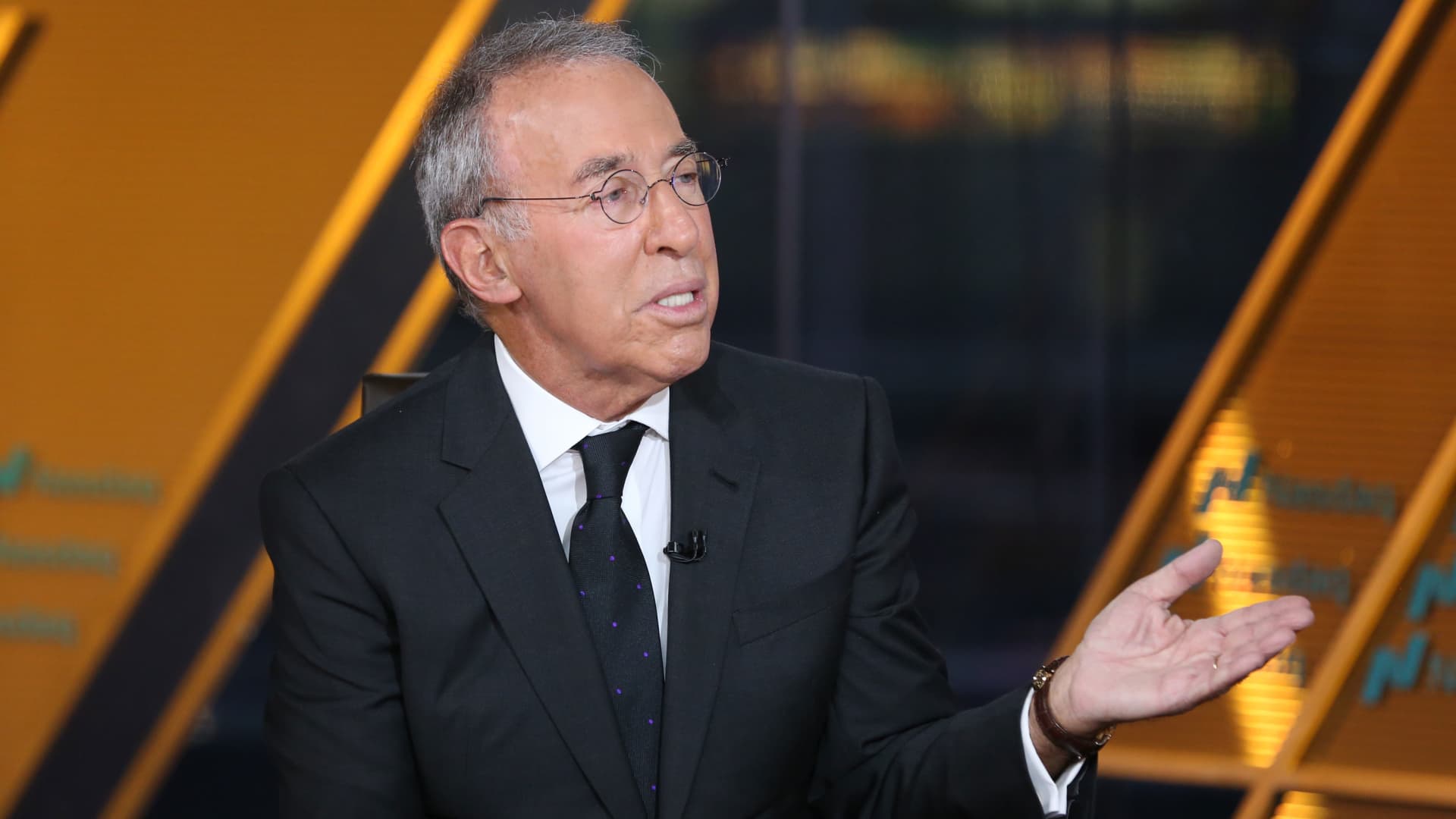What Are the Types of Costs in Cost Accounting?
Cost accounting is a process that measures all of the expenses associated with running a business, including both fixed and variable costs. The results help management make decisions that optimize their operations based on efficient cost management.
Cost accounting covers variable costs, fixed costs, direct costs, indirect costs, operating costs, opportunity costs, sunk costs, and controllable costs.
Key Takeaways
- Cost accounting is an accounting method that takes into consideration a company’s total cost of production by evaluating both fixed and variable costs.
- Managers use cost accounting to help make business decisions based on efficient cost management.
- Cost accounting is not the same as financial accounting and is used primarily for internal decision-making.
Direct Costs
Direct costs are related to producing a product or service. These include raw materials, labor, and distribution costs. Each item in this category can be traced to a product, department, or project.
For example, Ford Motor Company (F) manufactures cars and trucks. A plant worker might spend eight hours building a car. The direct costs associated with the car are the wages paid to the worker and the cost of the parts used to build the car.
Indirect Costs
Indirect costs cannot be easily traced to a product, department, activity, or project. For example, for Ford Motor Co., the indirect costs of building a car include the electricity that is used to power the plant in which the car is built. No one vehicle can be product can associated with the plant’s electric bill. That makes it an indirect cost.
Fixed Costs
Fixed costs do not vary with the number of goods or services a company produces over the short term.
For example, suppose a company leases a machine for two years. The company has to pay $2,000 per month to cover the cost of the lease no matter how many products the machine is used to make.
The lease payment is considered a fixed cost as it remains unchanged regardless of the company’s production numbers.
Variable Costs
Variable costs fluctuate as the level of production output changes. A variable cost increases as production volume increases, and falls as production volume decreases.
For example, a toy manufacturer must package its toys before shipping them out to stores. This is a type of variable cost because the cost increases when the manufacturer produces more toys and decreases when its production level declines.
Businesses may decide to forego a step in the production process to avoid the associated expenses. These are not only variable costs; They are avoidable costs.
Operating Costs
Operating costs are expenses associated with day-to-day business activities but are not traced back to a single product or process. Operating costs may be variable or fixed.
Examples of operating costs, which are more commonly called operating expenses, include rent and utilities for a manufacturing plant.
Operating costs are day-to-day expenses, but are classified separately from indirect costs – i.e., costs tied to actual production.
A company’s operating costs are of interest to its investors. The operating expense ratio is an indication of the company management’s efficiency in managing the business.
Opportunity Costs
Opportunity costs do not show up in a company’s financial statements but they are useful in internal planning.
An opportunity cost is the theoretical cost of a business decision that was passed up for an alternative.
For example, a company may opt to buy a new piece of manufacturing equipment rather than lease it. Either choice will increase its productivity. But, the purchase requires the company to borrow money and pay interest on the loan. A lease would have allowed the company to save on interest and use that money to pay down other debt. In this case, the opportunity cost is the loss of money that could have been used for another purpose.
The concept of opportunity costs is also relevant to investors, who can calculate the difference in return between an investment they chose and one that was passed up.
Sunk Costs
Sunk costs are unavoidable. They derive from past events and cannot be avoided. Payments for equipment purchased in the past or expenditures on research and development are examples.
For that reason, sunk costs are excluded from future business decisions.
Controllable Costs
Controllable costs are expenses that company managers have the power to increase or decrease.
Common examples of controllable costs are office supplies, advertising expenditures, employee bonus amounts, and charitable donations.
Controllable costs are by nature short-term costs that can be adjusted quickly in response to current business conditions.
What Are the Types of Cost Accounting?
The methods of cost accounting include standard costing, activity-based costing, lean accounting, and marginal costing:
- Standard costing uses estimated costs rather than actual costs for cost of goods sold (COGS) and inventory.
- Activity-based costing takes overhead costs from different departments and pairs them with certain cost objects.
- Lean accounting replaces traditional costing methods with value-based pricing.
- Marginal costing evaluates the impact on cost by adding one additional unit into production.
What Is the Purpose of Cost Accounting?
The main purpose of cost accounting is to make better decisions based on firm data. Based on cost accounting, managers can improve production efficiency, determine selling prices, reduce costs, and evaluate the contribution of each activity involved in the operational process.
What Is the Difference Between Cost Accounting and Financial Accounting?
Financial accounting is focused on tracking and reporting the income, expenses, and profit of a business. Public companies are legally required to report their financial statements to their shareholders on a quarterly and yearly basis.
Cost accounting focuses at the granular level on the costs associated with producing and delivering a product or service. It is used to help company managers streamline their processes and enhance their profitability.
The Bottom Line
Cost accounting assesses the various costs of doing business. It is information that helps a company’s management decide how to improve the business and therefore increase its profits.









